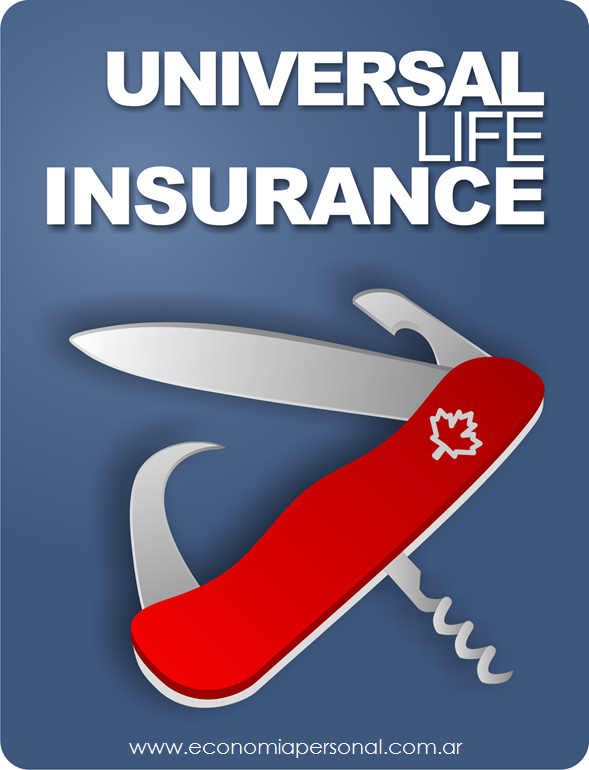How to get tax-free retirement income with Life Insurance
marzo 12, 2014
How to get tax-free retirement income with Life Insurance
By Danielle Andrus
Life insurance can be a tough sell for advisors with clients who see it as an expense rather than an investment, and one that won’t even kick in until after they’re dead and gone anyway. What if they could use it in their tax planning, though?
Kevin Kimbrough, principal of national sales at Saybrus Partners, suggested ways advisors can use life insurance to secure tax-free income for their clients in retirement.
Life insurance can be used both in the accumulation phase and the distribution phase, Kimbrough told ThinkAdvisor. With younger clients who are still accumulating assets, he said advisors often use either variable or index policies.
“Frequently, we see advisors using the variable policy, similar to variable annuities, or an index policy, again similar to an index annuity, as an accumulation vehicle where clients have a need for life insurance,” Kimbrough explained. “[They purchase it] for that need, but they’re able to use the policy as an accumulation vehicle, putting in additional dollars over and above the premiums required to support life insurance, and those additional dollars go into subaccounts or into the index accounts, depending on the type of policy.”
Those dollars grow tax-deferred, just like an annuity, Kimbrough said, but “unlike the annuity, you’re able to take your basis out first and that comes out tax free. When you get into the gains, you’re able to switch over and start taking policy loans against the income-tax-free death benefit.”
He acknowledged that there are additional costs associated with using life insurance this way, but “those are offset substantially compared to the taxation you’d have had because you’d been able to take the loan against that tax-free death benefit. As long as that policy stays in force until the insured passes away, then the death benefit is paid out and the loans are repaid against that, they’ll be able to enjoy tax-free retirement distribution.”
Kimbrough noted that clients pick up this strategy fairly quickly when it’s presented in the familiar “bucket” format. Clients have three tax buckets, he said.
“They’ve got taxable assets, a lot of different types of vehicles they can use in that bucket. Then they may also have tax-deferred assets, which are oftentimes the IRAs, qualified plans and tax deferred annuities.” As for what to put in the tax-free bucket, though, Kimbrough said choices are pretty slim. “You may only have municipal bonds, perhaps, or Roth IRAs. To have money coming from life insurance would fall into that tax-free income stream bucket.”
Another benefit to using life insurance to secure retirement income is that clients can avoid the “encumbrances” of penalties for taking minimum distributions before they turn 59 and a half, according to Kimbrough. “So if a client actually started accumulating in a life insurance policy at, say, 40 years old and at 50 or 55 they need to start taking money out, they’re able to start getting into that money without those issues they would have in an IRA or another type of tax-deferred vehicle.”
For clients who are near or in retirement, assets accumulated in a life insurance policy can be used in legacy planning, too. If clients have assets in tax-deferred accounts that aren’t being relied on for income in retirement, “the question becomes, ‘What’s the ultimate plan for those type of assets?’ Frequently the answer there is those assets are probably going to be passed on to children or grandchildren,” Kimbrough said.
“With life insurance, frequently you’re able to purchase a larger amount of life insurance, and the fact that life insurance passes income-tax free, hopefully that nets quite a bit more to the heirs,” he continued. “What we’re seeing quite a bit now is in addition to that [advisors are] adding on the option of a long-term care rider or an accelerated benefits rider that might provide a benefit for the insured in the event of a long-term care stay but also adds protection for the heirs in terms of the assets that the individual would ultimately like to leave to them.”
Source: LifeHealthPRO, March 4, 2014.





